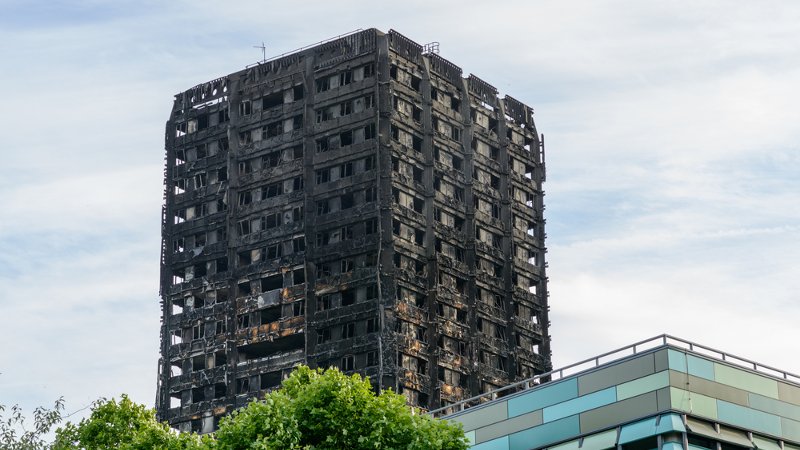On the second anniversary of the Grenfell tower fire that left 72 people dead, it’s been revealed that 328 buildings still have the ACM cladding and 221 of these haven’t yet seen removal works start.

Thousands still live in buildings that have similar aluminium composite material (ACM) cladding used on Grenfell Towers, figures from the Building Society Programme seen by the BBC show.
On the second anniversary of the Grenfell tower fire that left 72 people dead, it’s been revealed that 328 buildings still have the ACM cladding and 221 of these haven’t yet seen removal works start.
The government will give £200m to privately-owned high-rise buildings to remove and replace the unsafe ACM cladding.
When addressing the House of Commons, Lucy Powell, Manchester Central MP, said: "Residents are trapped in dangerous properties.
"The fund does not cover many buildings in my constituency that have other cladding - not ACM cladding - or that have no firebreaks or other safety concerns."
Survivors and relatives of those killed have called for fire safety recommendations and lawyers for some of the affected families echoed this, saying basic fire safety measures need to be taken to prevent another tragedy.
The Ministry of Housing, Communities and Local Government (MHCLG) told the BBC combustible materials in the external walls of new high-rise homes have been banned by the government.
A spokesperson from MHCLG added: “Guidance requires that sprinklers must be installed in new buildings above 30 metres.
“Building owners are ultimately responsible for the safety of the building and it is for them to decide whether to retro-fit sprinklers.”
Across England there are high-rise buildings with ACM cladding in 62 local authority areas.
Salford, Tower Hamlets and Greenwich have at least 20 buildings each with the cladding while Wandsworth, Manchester, Brent, Newham and Westminster have between 11 and 20 each and Islington, Leeds, Lambeth, Camden, Haringey and Liverpool have between six and 10 each.



